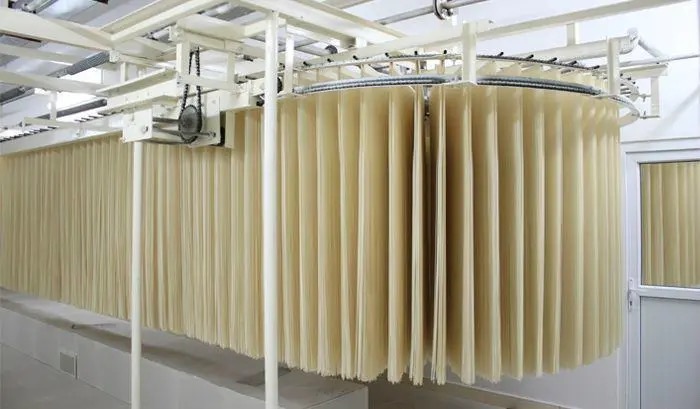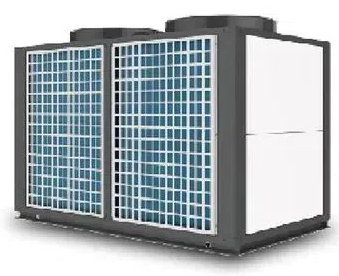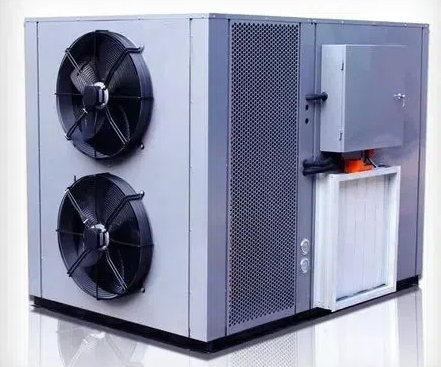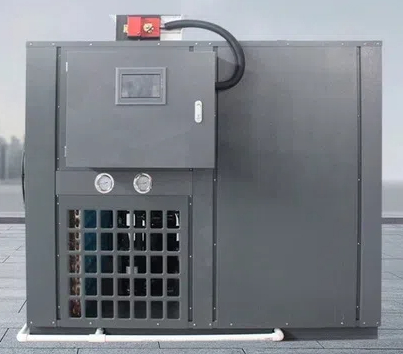
Content Menu
● Understanding Heat Pump Dryer Technology
● Performance in Different Conditions
● Drying Effectiveness and Clothing Care
● Smart Features and User Experience
● Maintenance and Longevity
● Cost-Benefit Analysis
● Environmental Impact and Sustainability
● Conclusion
● Frequently Asked Questions
>> Q1: How effectively do heat pump dryers remove moisture from clothes?
>> Q2: Do heat pump dryers work as well as traditional dryers?
>> Q3: How well do heat pump dryers handle different types of fabrics?
>> Q4: Are heat pump dryers reliable in the long term?
>> Q5: How well do heat pump dryers perform in different environments?
Understanding Heat Pump Dryer Technology
Heat pump dryers represent a significant advancement in laundry technology, utilizing sophisticated heat exchange systems to dry clothes efficiently and effectively. These innovative appliances operate by circulating warm air through a closed-loop system, where moisture is continuously extracted from clothes while heat is recycled and reused. The technology behind these dryers involves a complex interplay of components, including a heat pump, condenser, and evaporator, working in harmony to provide optimal drying conditions while maintaining energy efficiency. Unlike conventional dryers that expel warm air outside, heat pump dryers recapture and reuse heat, creating a more sustainable and efficient drying process.
Performance in Different Conditions
Heat pump dryers demonstrate remarkable versatility in various environmental conditions and settings. These appliances maintain consistent performance regardless of ambient temperature or humidity levels, making them suitable for use in different climates and seasons. The closed-loop system ensures reliable operation in both cold and warm environments, though optimal performance is typically achieved in moderate temperature ranges. The ability to function without external venting provides flexibility in installation locations, allowing these dryers to work effectively in apartments, basements, or interior rooms where traditional venting might be challenging or impossible.

Drying Effectiveness and Clothing Care
One of the most notable advantages of heat pump dryers is their gentle approach to fabric care while maintaining excellent drying effectiveness. The lower operating temperatures, compared to conventional dryers, help preserve fabric quality and reduce wear and tear on clothing. These dryers excel at handling delicate materials, preventing common issues such as shrinkage, color fading, and fiber damage. The controlled drying environment ensures clothes emerge not only thoroughly dry but also in better condition, with reduced wrinkles and maintained fabric integrity. This careful treatment of garments contributes to longer-lasting clothing, making heat pump dryers particularly valuable for those who invest in quality garments.
Smart Features and User Experience
Modern heat pump dryers come equipped with advanced features that enhance their functionality and user experience. Sophisticated moisture sensors continuously monitor clothing dampness, automatically adjusting drying times and temperatures for optimal results. Many models offer specialized programs for different fabric types, ensuring appropriate care for everything from delicate silks to heavy denims. Smart connectivity features allow users to monitor and control their dryer remotely, while intuitive interfaces make program selection and operation straightforward. These technological advancements contribute to both improved performance and user satisfaction.

Maintenance and Longevity
The effectiveness of heat pump dryers is closely tied to proper maintenance and care. Regular cleaning of filters and heat exchangers is essential for maintaining optimal performance and efficiency. These maintenance requirements, while important, are generally straightforward and manageable for most users. The durability of heat pump dryers, combined with their sophisticated technology, often results in a longer lifespan compared to conventional dryers. This longevity, coupled with consistent performance over time, makes them a reliable choice for household laundry needs.
Cost-Benefit Analysis
While heat pump dryers typically require a higher initial investment, their performance benefits and long-term savings often justify the cost. The superior energy efficiency translates to lower operating costs over time, while the gentle drying action helps extend the life of clothing. When considering the total cost of ownership, including energy savings and reduced wear on clothing, heat pump dryers demonstrate excellent value. The combination of performance, efficiency, and clothing care makes them particularly appealing for households that prioritize both quality results and long-term cost effectiveness.
Environmental Impact and Sustainability
The effectiveness of heat pump dryers extends beyond personal benefits to environmental considerations. Their energy-efficient operation contributes to reduced carbon emissions, while the closed-loop system minimizes heat waste. The ability to operate without external venting not only provides installation flexibility but also helps maintain better indoor air quality. These environmental advantages make heat pump dryers an excellent choice for environmentally conscious consumers who don't want to compromise on drying performance.
Conclusion
Heat pump dryers demonstrate exceptional performance across multiple criteria, from drying effectiveness and fabric care to energy efficiency and environmental impact. While they may require some adjustments in terms of drying times and maintenance routines, the benefits they offer make them a highly effective solution for modern laundry needs.

Frequently Asked Questions
Q1: How effectively do heat pump dryers remove moisture from clothes?
A: Heat pump dryers are highly effective at moisture removal, using sophisticated technology to ensure clothes are thoroughly dried while protecting fabric quality.
Q2: Do heat pump dryers work as well as traditional dryers?
A: Yes, they provide excellent drying results, though they may take longer than traditional dryers while offering better fabric care and energy efficiency.
Q3: How well do heat pump dryers handle different types of fabrics?
A: They excel at handling various fabric types, with specialized programs and gentle drying technology that helps preserve clothing quality.
Q4: Are heat pump dryers reliable in the long term?
A: With proper maintenance, heat pump dryers are highly reliable and often last longer than conventional dryers.
Q5: How well do heat pump dryers perform in different environments?
A: They perform consistently in various environments and don't require external venting, making them versatile for different installation locations.












